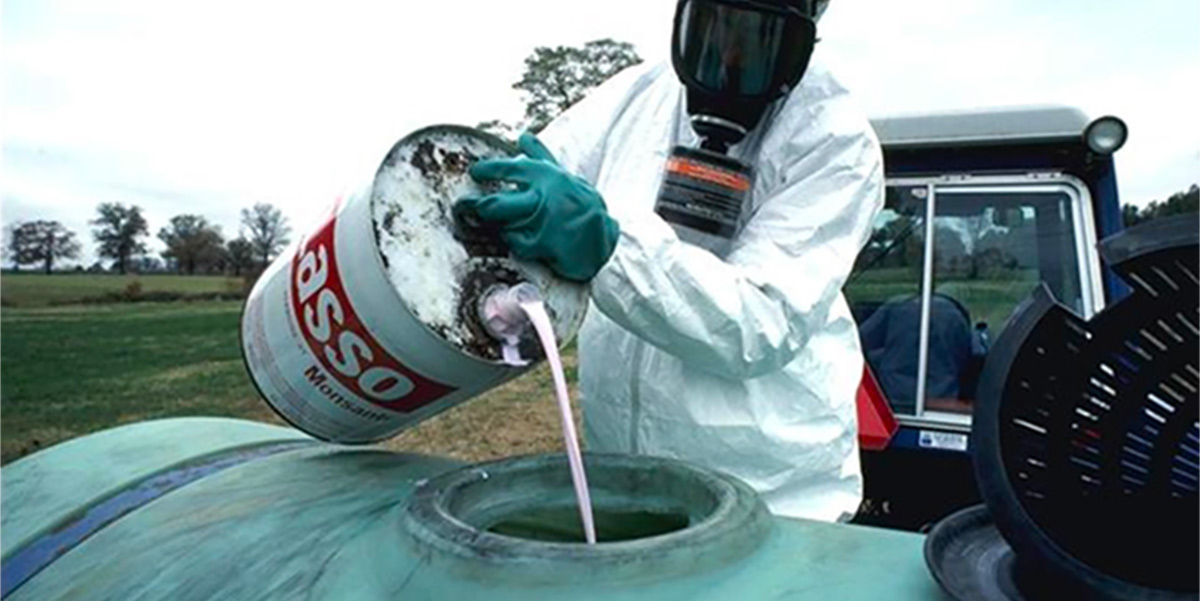
Urgent action is needed to lift the veil on the presence of adjuvants in our bodies and in the environment and to characterize their toxicological properties, scientists say
The added ingredients (adjuvants) in pesticide formulations currently escape close regulatory scrutiny and are often claimed to be "inert". However, studies have revealed that these supposedly “inert” diluents can be more toxic than the regulated active pesticide ingredient.
A new peer-reviewed article describes how the unregulated chemicals present in commercial formulations of pesticides could provide a missing link between negative health effects and pesticide exposure.
The authors recommend a number of actions to protect the public from toxicity that may arise from ingestion of adjuvants, including biomonitoring of different human population groups to identify the true body burden of adjuvant chemicals; surveying of food products to accurately identify sources of exposure; and requiring long-term laboratory animal toxicity studies comparing commercial formulations with their active ingredient to measure adverse outcomes stemming from the adjuvants.
---
Ignoring adjuvant toxicity falsifies the safety profile of commercial pesticides
Robin Mesnage and Michael N. Antoniou
Front. Public Health, 22 January 2018
https://doi.org/10.3389/fpubh.2017.00361
Commercial formulations of pesticides are invariably not single ingredients. Instead they are cocktails of chemicals, composed of a designated pesticidal “active principle” and “other ingredients,” with the latter collectively also known as “adjuvants.” These include surfactants, antifoaming agents, dyes, etc. Some adjuvants are added to influence the absorption and stability of the active principle and thus promote its pesticidal action. Currently, the health risk assessment of pesticides in the European Union and in the United States focuses almost exclusively on the stated active principle. Nonetheless, adjuvants can also be toxic in their own right with numerous negative health effects having been reported in humans and on the environment. Despite the known toxicity of adjuvants, they are regulated differently from active principles, with their toxic effects being generally ignored. Adjuvants are not subject to an acceptable daily intake, and they are not included in the health risk assessment of dietary exposures to pesticide residues. Here, we illustrate this gap in risk assessment by reference to glyphosate, the most used pesticide active ingredient. We also investigate the case of neonicotinoid insecticides, which are strongly suspected to be involved in bee and bumblebee colony collapse disorder. Authors of studies sometimes use the name of the active principle (for example glyphosate) when they are testing a commercial formulation containing multiple (active principle plus adjuvant) ingredients. This results in confusion in the scientific literature and within regulatory circles and leads to a misrepresentation of the safety profile of commercial pesticides. Urgent action is needed to lift the veil on the presence of adjuvants in food and human bodily fluids, as well as in the environment (such as in air, water, and soil) and to characterize their toxicological properties. This must be accompanied by regulatory precautionary measures to protect the environment and general human population from some toxic adjuvants that are currently missing from risk assessments.









